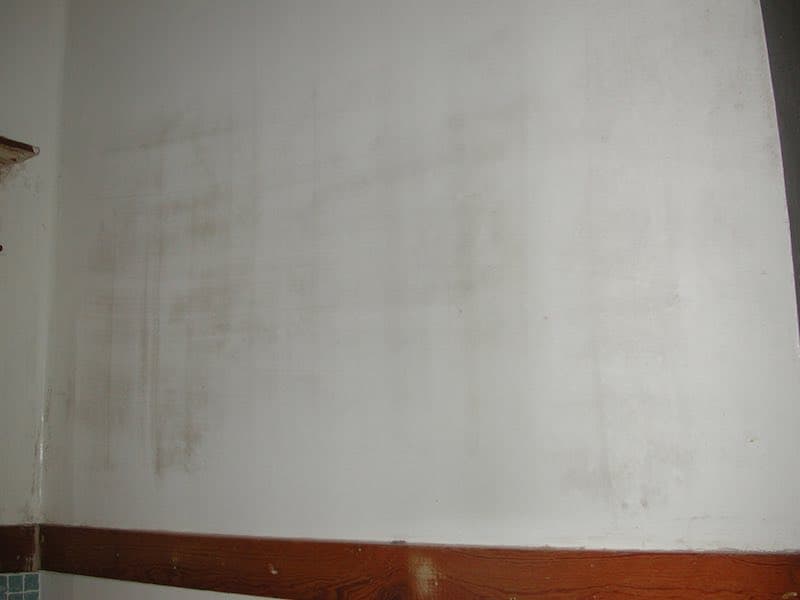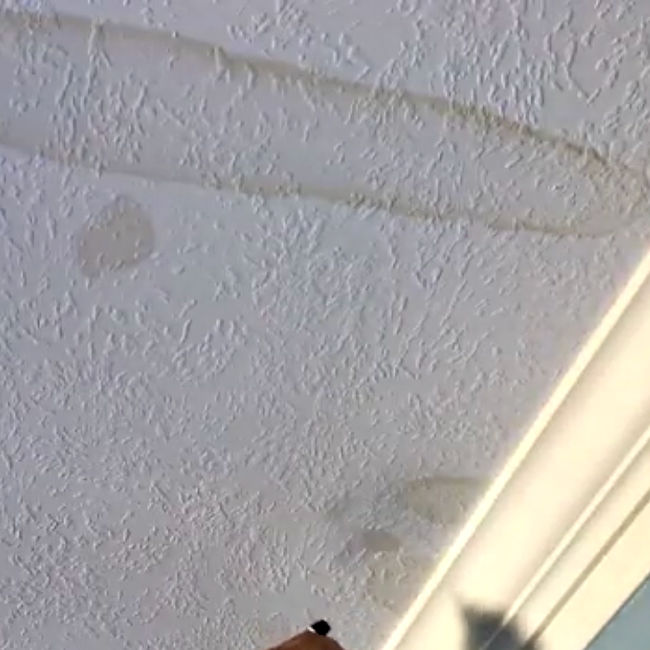We've come across this article involving Indicators of Water Damage Behind Walls listed below on the internet and felt it made perfect sense to talk about it with you on my blog.

Water spots on wall surfaces are not pleasurable to the eyes. Occasionally it seems virtually unavoidable to experience water discolorations on walls in houses.
Home owners residing in moist regions regularly take care of the anxiety of water stains on wall surfaces. That doesn't have to be the instance for you. With well-rounded as well as accurate information on the root causes of water discolorations and timely fixing processes, you will certainly constantly be a step ahead of such incidents. This article guarantees to be a valuable overview for you.
3 Usual Causes of Water Discolorations on Wall Surfaces
Contrary to popular belief, water stains on walls do not always come from inadequate structure products. There are several sources of water discolorations on wall surfaces. These consist of:
Poor Water drainage
This will prevent water from leaking into the walls. This links to excessive dampness that you see on the wall surfaces of your building.
So, the leading root cause of damp wall surfaces, in this situation, can be an inadequate drain system. It can also result from bad administration of sewer pipelines that go through the building.
Damp
When warm moist air meets with completely dry cool air, it triggers water droplets to form on the walls of buildings. This occurs in bathroom and kitchens when there is heavy steam from cooking or showers. The water beads can discolor the surrounding walls in these parts of your house and infect various other areas.
Wet or condensation influences the roofing system and wall surfaces of structures. This causes them to show up darker than various other areas of the residence. When the wall surface is wet, it creates an ideal setting for the growth of germs as well as fungi. These may have negative effects on wellness, such as allergies as well as respiratory conditions.
Pipe Leaks
The majority of homes have a network of water pipelines within the walls. It constantly increases the practicality of such pipelines, as there is little oxygen within the wall surfaces.
Yet, a drawback to this is that water leakage influences the walls of the structure and triggers extensive damages. An indication of faulty pipelines is the appearance of a water discolor on the wall surface.
Water Spots on Wall Surface: Repair Tips
Property owners would generally want a quick fix when dealing with water spots. They would soon realize this is detrimental as the water stains reoccur. Right here are a few useful ideas that will certainly assist you in the repair service of water stains on wall surfaces:
Pro Tip
A houseplant in your house also increases its moisture. If the home is currently humid, you may want to present houseplants with marginal transpiration. An instance of suitable houseplants is succulents.
Conclusion
No one desires to have water stains on walls in their house, it can happen to the ideal of us. This short article gives you utilize, as you now know exactly how to handle this incident if it does occur.
It is constantly best to hire specialist services to aid fix the damages in your house.
Often it seems practically unpreventable to experience water spots on wall surfaces in residences.
Contrary to preferred idea, water spots on wall surfaces do not always stem from inadequate building products. There are several reasons of water stains on wall surfaces. The water beads can stain the bordering wall surfaces in these parts of your residence and spread to various other areas.
Right here are a couple of practical pointers that will assist you in the repair of water stains on walls:
How to identify and deal with water spots on walls and ceilings
Where is water coming from?
Where is the water coming from? Is the roof above it? Or how about a bathroom? Potentially a leaky pipe? Whatever is up, it s wet. Repairs cannot be attempted until the source is identified and the necessary repairs made. Otherwise, repairs are moot. The water stain will just come back.
Many times the repair is simple. A common source is water seepage. A shower pan or piping that once had be caulked could have sprung loose causing a slowly leaking pipe. Address potential piping issues before proceeding.
If it s the roof that s up, check it for leaks. Roof water is not always attributed to a roof problem. Depending where in the country you are located, you could be looking at an ice dam, which means new insulation and repairs. Roofs can leak, shingles can slip. Again, the repairs must be made before any patch work can happen inside.
Why is there a water spot?
Water stain repairs always come last. Repairing a water stain inside your home before addressing the issue is going to lead to disappointment. Repairs will quickly be taken apart by a continuous leak. You will need to see how wet the area actually is. Potentially, you could be looking at taking out a piece of the ceiling or drywall to get down to a dry bones before moving forward. If you neglect this step, you are sure to have bleed through on the repair.
How to go about fixing the problem?
Clean.
Once the underlying cause of the stain is dealt with, you can begin by cleaning the stain with bleach. Mix one cup of bleach with three cups of warm water and wipe the wall down. This mixture will also remove any leftover mildew, dirt or dust that could prevent a good paint job. Rinse the solution off with a spray bottle and towel.
Prep.
Get a drop cloth set up on the floor below your project. If the mess is on a ceiling, protective gloves and goggles will be crucial. After the area is dry, tape off any areas, like trim, you want to keep paint-free.
Prime.
Use a good quality base coat of stain-blocking primer. Your ceiling is probably painted with an interior latex paint, meaning it is water soluble. Water will destroy this kind of paint and cause lingering issues with your job. The base coat will block this from happening again in the future.
Paint.
After ample drying time, apply at least two coats of ceiling paint, with drying time in between. Oil-based ceiling paints will contain more volatile organic compounds (VOCs) and fumes, so take precautions not to expose yourself to this paint for too long.
Your ceiling should look pristine a new. Provided the problem has been completely solved, there will be no returning halo in your paint job.

As a passionate person who reads about , I assumed sharing that excerpt was really helpful. Are you aware of someone else who is inquisitive about the niche? Why not share it. We recognize the value of reading our article about Water Stains on Walls.
Information